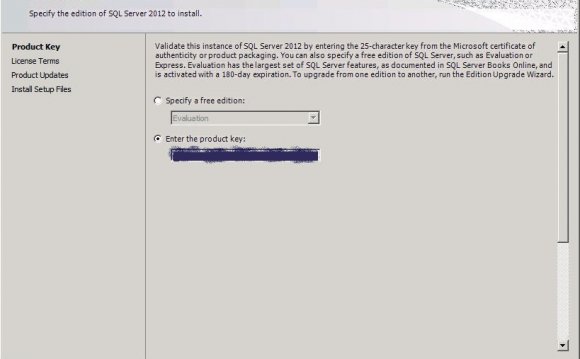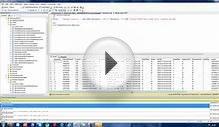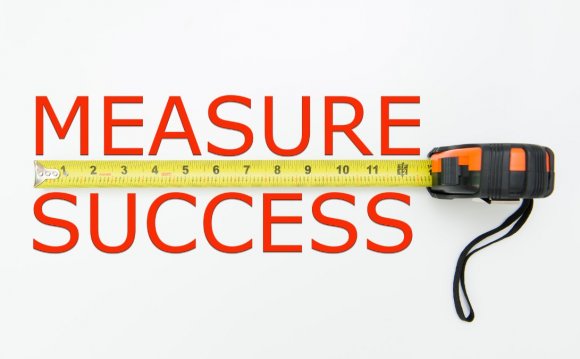
Applies To: CRM 2016 on-prem, CRM Online
This topic describes what’s needed to author Microsoft Dynamics CRM reports. For Microsoft Dynamics CRM (on-premises), this topic assumes you already have a functioning deployment of Microsoft Dynamics CRM Server. For information about Microsoft Dynamics CRM (on-premises) requirements for reporting, see Microsoft Dynamics CRM reporting requirements.
You must have the required development tools and appropriate privileges in Microsoft Dynamics CRM to write and publish a report. Also, you should be familiar with:
- Microsoft Visual Studio.
- Creating Microsoft SQL Server Reporting Services reports using SQL Server Data Tools (SSDT).
- To write Fetch-based reports, the Microsoft Dynamics CRM FetchXML language.
- To write SQL-based reports, the Transact-SQL language for Microsoft SQL Server.
The following are required to write a custom report for Microsoft Dynamics CRM:
- Microsoft SQL Server Reporting Services. Microsoft Dynamics CRM uses Microsoft SQL Server Reporting Services as the report engine.
- Microsoft Visual Studio 2012 or Microsoft Visual Studio 2010.
- SQL Server Data Tools . This is a report authoring environment that is used as a plug-in Microsoft Visual Studio.
- Microsoft Dynamics CRM Report Authoring Extension . This is required if you are writing custom Fetch-based reports. Notice that Microsoft Dynamics CRM Online only supports Fetch-based reports. Microsoft Dynamics CRM Report Authoring Extension must be installed on the computer where Microsoft Visual Studio and SQL Server Data Tools are installed. Download: CRM 2016 Report Authoring Extension. For installation instructions, see Install Microsoft Dynamics CRM Report Authoring Extension.
Microsoft Dynamics CRM Report Authoring Extension is available only in a 32-bit version.
To deploy custom reports to Microsoft Dynamics CRM, you must have a Microsoft Dynamics CRM account and a security role assigned to you that includes the PublishReport privilege. By default, the System Customizer and System Administrator security roles include these privileges.
The following lists the steps for developing custom Microsoft Dynamics CRM reports. You may have to repeat some steps while you develop a report:
- Develop a report concept or specification based on what business information is to be displayed.
- Decide on the type of report you want to create: Fetch-based or SQL-based. Microsoft Dynamics CRM Online users can only create custom Fetch-based reports. More information: Report writing with CRM 2016 for online and on-premises
- Create a custom report or use an existing report to modify using SQL Server Data Tools in Microsoft Visual Studio.
- Specify datasets and filtering criteria for retrieving data:
- Define the basic layout of the report, including headers and footers.
- Run the deployed report to verify.
INTERESTING VIDEO

![[PDF Download] Microsoft SQL Server 2014 Business](/img/video/pdf_download_microsoft_sql_server_2014.jpg)











